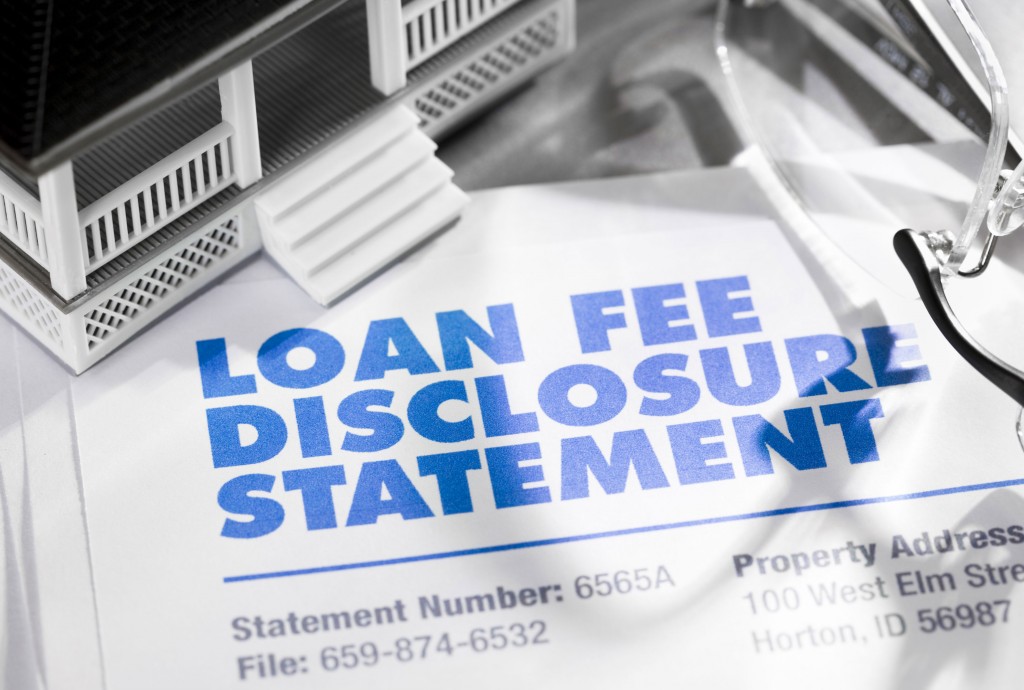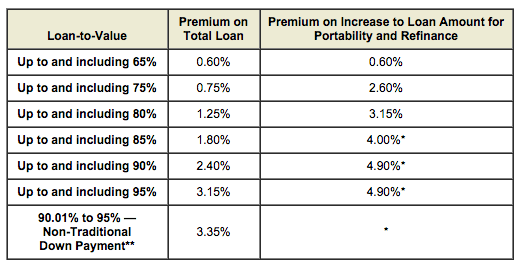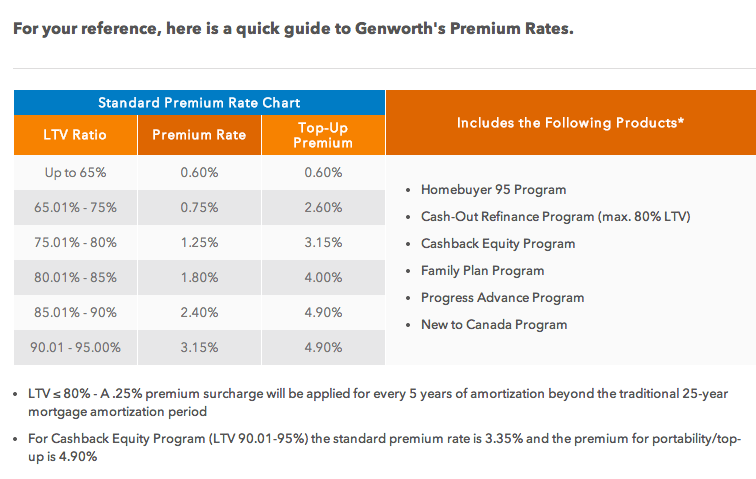We don’t charge you mortgage insurance: CMHC
You could still pay a premium even with a 20% down-payment
Advertisement
You could still pay a premium even with a 20% down-payment



Affiliate (monetized) links can sometimes result in a payment to MoneySense (owned by Ratehub Inc.), which helps our website stay free to our users. If a link has an asterisk (*) or is labelled as “Featured,” it is an affiliate link. If a link is labelled as “Sponsored,” it is a paid placement, which may or may not have an affiliate link. Our editorial content will never be influenced by these links. We are committed to looking at all available products in the market. Where a product ranks in our article, and whether or not it’s included in the first place, is never driven by compensation. For more details, read our MoneySense Monetization policy.
Share this article Share on Facebook Share on Twitter Share on Linkedin Share on Reddit Share on Email
It is not a federal law that the consumer pays the banks insurance. “federal law requires mortgage loan insurance and this cost is passed on to the borrower”